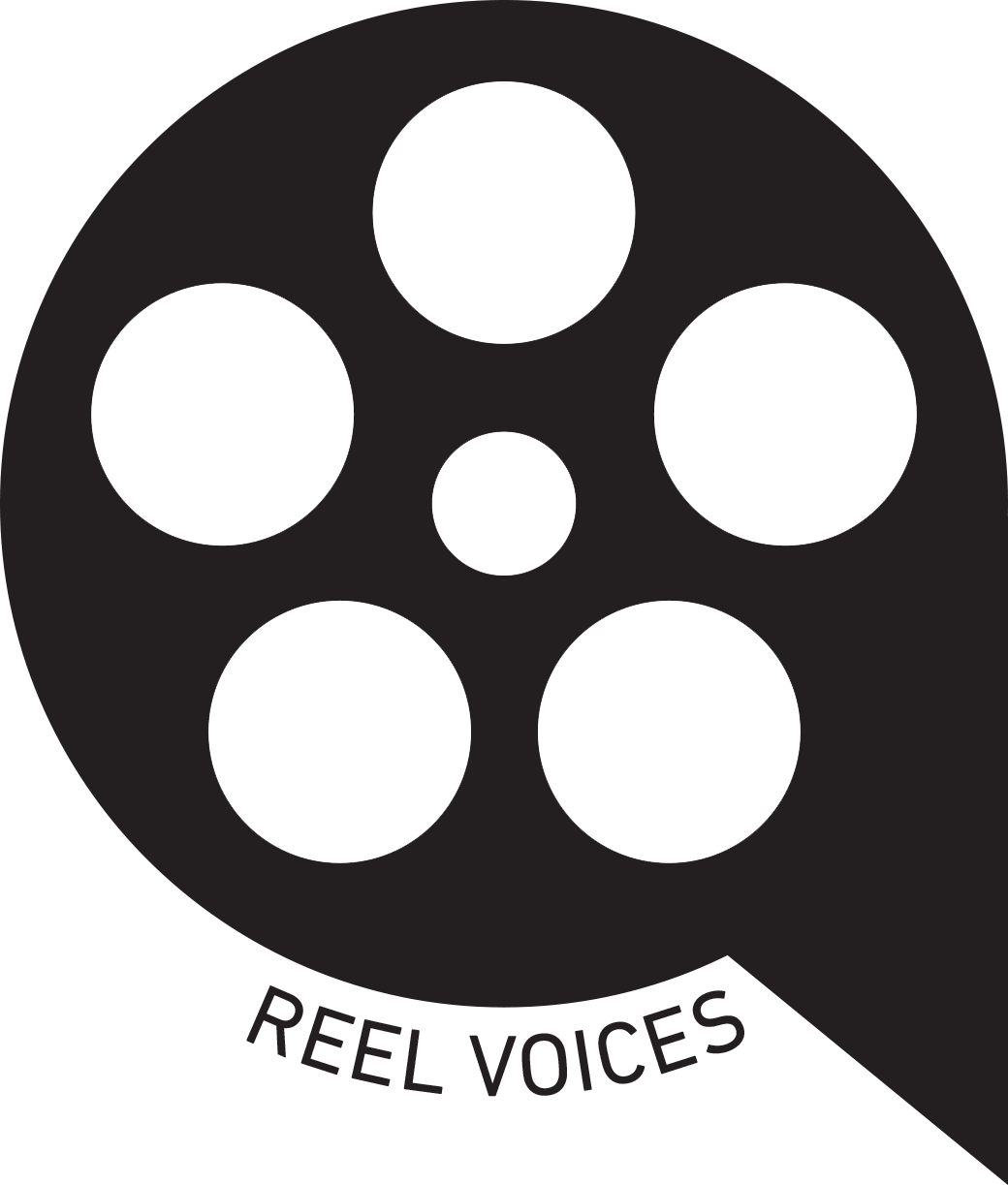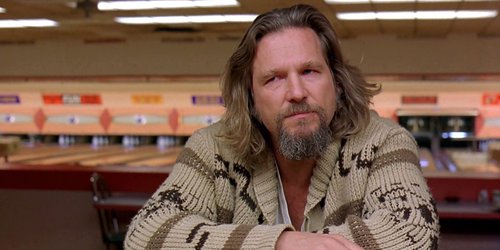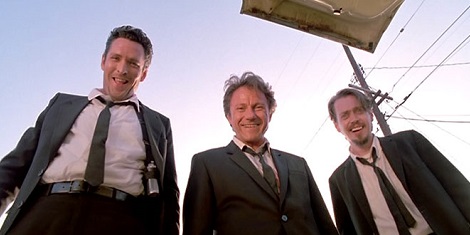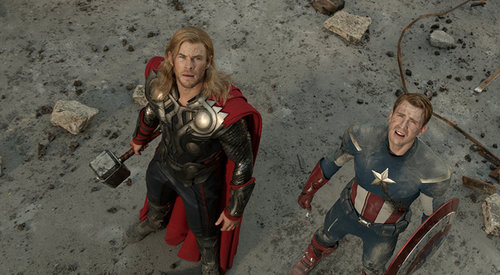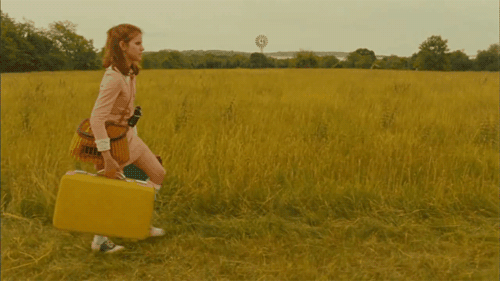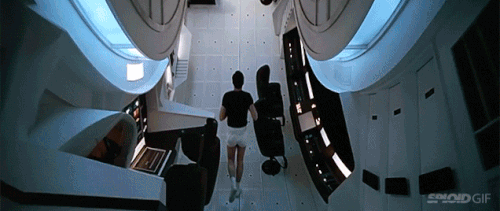ARIEL SHOT
this shot is filmed from the air and is often used to establish a location (usually exotic and/or picturesque
LONG SHOT (LS)
This shot is also known as the establishing shot because at the beginning of the scene it establishes the location the action is set on, whilst also setting the tone of the scene(s) to come.
MEDIUM SHOT (MS)
Also referred to as a ‘semi-close shot’ or ‘mid-shot’, this generally shoots the actor(s) from the waist up and is typically used in dialogue scenes. It aims to capture subtle facial expressions combined with their body language or surrounding environment that may be necessary to provide context.
MEDIUM CLOSE UP (MCU)
Shot whose scale is between MS and CU: a character shown from the chest up. Shot whose scale is between MS and CU: a character shown from the chest up.
CLOSE UP (CU)
This is perhaps the most crucial component in cinematic storytelling and is arguably an actor’s most important moment on camera. This shot is usually framed from above the shoulders and keeps only the actor’s face in full frame, capturing even the smallest facial variations. As it eliminates any surrounding elements that may be relevant to the scene’s narrative, it’s really up to the actor’s skill and focus to shape the story.
EXTREME CLOSE UP (XCU)
This shot is traditionally used in films and focuses on a small part of the actor’s face or body, like a twitching eye or the licking of lips in order to convey intense and intimate emotions. This unnaturally close view is used sparingly as the multiplication of the subtlest movements or details need to be justified in the dramatization and boldness of that particular scene.
POV
Point-of-view shots are angles in which the camera incorporates a character’s eyes. POVs are usually preceded by a close-up of the character’s eyes.
DUTCH TILT
Also called canted angle, a Dutch tilt has the camera leaning sideways, transforming the horizon into a slope. A Dutch tilt changes horizontal and vertical lines into diagonals and creates a more dynamic composition. Though rare, canted angles can be employed with great artistic effect to disorient and disturb the viewer. Also known as a dutch tilt, this is where the camera is purposely tilted to one side so the horizon is on an angle. This creates an interesting and dramatic effect.
OVERHEAD SHOT
The overhead shot is a little different in that it can be just a few feet off the ground – it's just that the angle is nearly directly overhead. The difference in an aerial shot you know that there's a great altitude from which you are looking at the scene.
OVER THE SHOULDER (OTS)
This is where the camera is positioned behind a subject’s shoulder and is usually used for filming conversations between two actors. This popular method helps the audience to really be drawn into the conversation and helps to focus in on one speaker at a time. Seeing as the non-speaking actor is seen only from behind, it’s common for major production sets to substitute actors with stand-ins or doubles for these shots.
LOW ANGLE
This shot films from a lower point and shoots up at a character or subject, making them appear larger so as to convey them as heroic, dominant or intimidating. It’s also another way of making cities look empty.
HIGH ANGLE
In contrast with the low angle shot, this one films from a higher point and looks down on the character or subject, often isolating them in the frame. Basically the direct opposite of the low angle, it aims to portray the subject as submissive, inferior or weak in some way.
PAN
During a pan, the camera is aimed sideways along a straight line. Note that the camera itself is not moving. It is often fixed on tripod, with the operator turning it either left or right.Panning is commonly utilized to capture images of moving objects like cars speeding or people walking; or to show sweeping vistas like an ocean or a cliff.
TILT
Tilts refer to the up or down movement of the camera while the camera itself does not move. Tilts are often employed to reveal vertical objects like a building or a person.
DOLLY
When the entire camera is moved forward or backward, this move is called dolly. If the camera is on tripod, the tripod will also be moved. Dollies are often used when recording a subject that moves away or toward the camera, in which case the goal would probably be keeping the subject at the same distance from the camera. For an optimal dolly, the camera should be mounted on a wheeled-platform, such as an actual dolly, or a shopping cart, depending on the budget. Moving the camera forward is called dolly in. Moving the camera backward is called dolly out.
DOLLY ZOOM
This shot sees the camera track forward from the actor whilst simultaneously zooming out, or vice-versa. So the foreground generally stays the same while the background increases or decreases across the frame. First invented by Alfred Hitchcock in Vertigo to create a dizzying, vertiginous effect, it’s become quite the filming technique among the industry’s top filmmakers. However, as it’s a tough shot to get right, actors really need to be on their A-game when filming and a little patience goes a long way.
TRACKING SHOT
A tracking shot is any shot where the camera moves alongside the object(s) it is recording. In cinematography, the term refers to a shot in which the camera is mounted on a camera dolly that is then placed on rails – like a railroad track. The camera is then pushed along the track while the image is being filmed.
RACK FOCUS
A rack focus in filmmaking and television production is the practice of changing the focus of the lens during a shot. The term can refer to small or large changes of focus. If the focus is shallow, then the technique becomes more noticeable.
